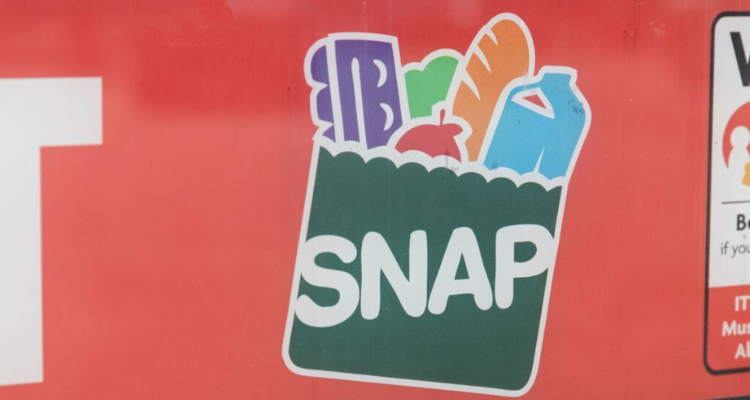The proposed Rural Prosperity and Food Security Act (RPFSA) seeks to update farm laws and food security
If you qualify for SNAP benefits, you should be aware of changes coming due to a proposed new plan that could impact your monthly benefits. In February 2024, more than 41 million Americans received SNAP benefits in all 50 states. With a monthly cost of at least $7 billion and a 1.9% increase in the federal budget by 2023, totaling approximately $19 million, this is by no means an insignificant sum that affects not only the lifestyles of those at risk of poverty, but also our country’s overall budget. It is crucial to be aware of these changes as soon as possible, as they could result in a reduction of the benefits you receive each month.
What are the upcoming changes to SNAP benefits in the U.S.?
The Supplemental Nutrition Assistance Program (SNAP) is one of the largest federal programs, present in all 50 states, and is intended to provide financial assistance to low-income households with limited resources and possessions. On May 1, Debbie Stabenow, chair of the Senate Agriculture Committee, released a summary of the Rural Prosperity and Food Security Act of 2024 (RPFSA). This proposal, with bipartisan input, seeks to update and consider changes to farm laws. The proposal details:
- Promote more equitable food and agriculture systems.
- Address climate and conservation issues that affect food security.
- Strengthen public-private partnerships for agricultural research and protect organic labels for products and farmers in this sector.
- Invest in local farming communities and markets, facilitating the creation of supply chains and improving access to products.
- Facilitate access to crop insurance, making it more affordable without affecting commodity prices.
- Improving access to land and credit for farmers.
However, within this proposal, which has yet to be approved by Republicans on the Senate Agriculture Committee, are changes to the SNAP benefits program that would impact both the program’s budget and the amount of benefits received. Some of the proposed changes include:
- Exclude the basic military housing allowance from SNAP income consideration.
- Exempt college students age 24 or younger, who are in college and no longer in foster care, from SNAP college restrictions.
- Exclude income from employment and training programs.
- Restore SNAP benefits for felony drug convicts, allowing them to submit an application 30 days prior to release.
- Include Puerto Rico in the SNAP benefits program.
- Increase funding for SNAP education.
What are the challenges for the SNAP benefits program?
The SNAP benefits program faces several challenges, especially considering the potential changes. SNAP accounts for more than 80% of projected spending on farm bills, creating tensions between Republicans and Democrats. Democrats want to expand benefits, including USDA’s Thrifty Food Plan (TFP), a model designed to estimate the minimum cost of a diet that meets nutritional requirements. The TFP is used to determine the maximum amount a beneficiary can receive.
On the other hand, Republicans want to control the expansion of the program to make it fiscally responsible. The Biden administration modified TFP market baskets and cost levels in 2021, increasing program spending and moving away from previous cost-neutral policies. This new proposal could impact SNAP benefits due to factors such as TFP adjustments, the number of beneficiaries applying for the program, and how their income and assets are assessed, which could increase the monthly payment.
However, if the program’s budget burden continues to increase, the combination of potential cuts and inflation could result in a dire situation for beneficiaries.
